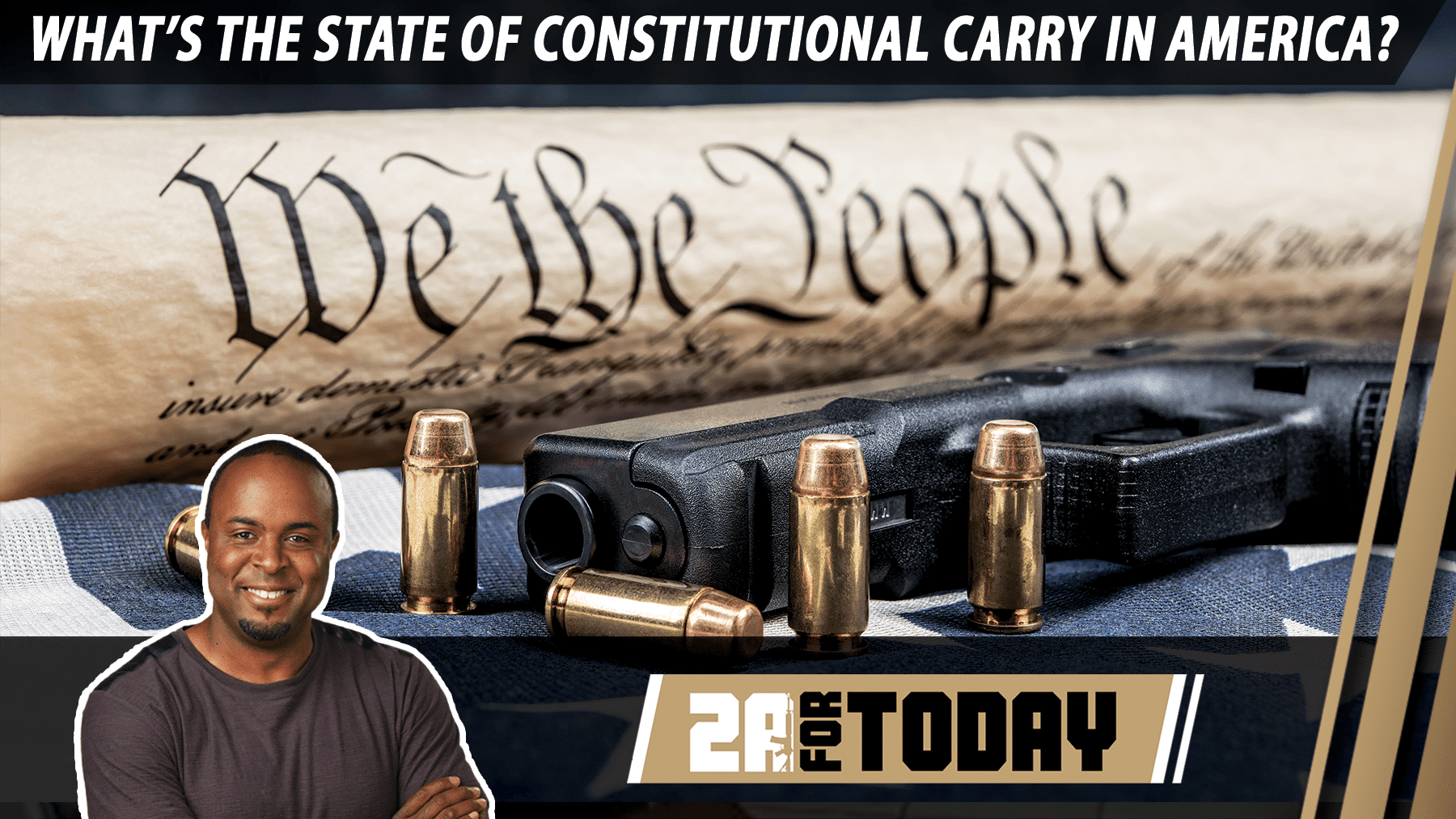
Every day that passes, the citizens of our Republic come under increasing surveillance by our government. As one reads of the crescendo of new and more intrusive means used by Washington to monitor citizens of this nation, one awakens to the sense that these activities will never end, and that soon there will be no phone call, no text message, no blog post, no social media update that will not be received and recorded by agents of our own intelligence community.
Take for example the story published Monday in the New York Times. In a report issued by cellphone carriers, described in the Times article, the mobile phone providers indicated that last year they received 1.3 million demands from “law enforcement agencies” for access to the text messages and locations of subscribers to the cellphone companies’ service.
The Times article provided the following breakdown of the requests for information received by the various cell companies:
AT&T alone now responds to an average of more than 700 requests a day, with about 230 of them regarded as emergencies that do not require the normal court orders and subpoena. That is roughly triple the number it fielded in 2007, the company said. Law enforcement requests of all kinds have been rising among the other carriers as well, with annual increases of between 12 percent and 16 percent in the last five years. Sprint, which did not break down its figures in as much detail as other carriers, led all companies last year in reporting what amounted to at least 1,500 data requests on average per day.
As for the police, they insist that using a cell signal or a record of text messages or data received or sent using a phone makes tracking a person so much simpler.
An interview with a member of law enforcement included in the Times article is very enlightening as to the desire on the part of police to keep this weapon in their arsenal.
“At every crime scene, there’s some type of mobile device,” said Peter Modafferi, chief of detectives for the Rockland County district attorney’s office in New York, who also works on investigative policies and operations with the International Association of Chiefs of Police. The need for the police to exploit that technology “has grown tremendously, and it’s absolutely vital,” he said in an interview.
This attitude, as well as the unslakable thirst of law enforcement and intelligence officers to gather more data and monitor more closely, is well understood by readers of The New American.
We have reported, for example, that beginning in 2006, the U.S. Customs and Border Patrol (CBP) began purchasing (as yet) unarmed Predator drones, purportedly to aid in the securing of America’s southern border. According to a report written by the Department of Homeland Security inspector general, as of the end of 2012, CBP will have 12 of these aircraft in its arsenal with a total cost to taxpayers of nearly $200 million.
CBP Predators have been used to conduct missions for the following federal and state government agencies:
U.S. Secret Service, Federal Emergency Management Agency (FEMA), Immigration and Customs Enforcement (ICE), Bureau of Land Management, Federal Bureau of Investigation, Department of Defense, Texas Rangers, U.S. Forest Service, and National Oceanic and Atmospheric Administration (NOAA).
The New American also followed the story of a North Dakota man arrested after a local SWAT team tracked him down using a Predator drone it borrowed from the Department of Homeland Security. Although the story was ignored by the mainstream media, Rodney Brossart became one of the first American citizens (if not the first) arrested by local law enforcement with the use of a federally owned drone aerial surveillance vehicle after holding the police at bay for over 16 hours.
Given the information revealed in the New York Times article, as well as those published by The New American, there is little doubt that although Brossart’s arrest was the first it will surely not be the last. In the next few years readers are likely to learn of thousands of such search-and-apprehend missions conducted by drones controlled by sheriffs nationwide.
And again, law enforcement is giddy with anticipation over the potential deployment of so many unmanned aerial vehicles. Take for example the story of the Houston Police Department’s glee over their recent purchase of a drone. The Houston Chronicle reports:
Chief Deputy Randy McDaniel of the sheriff’s office said the $300,000 ShadowHawk drone — purchased from Vanguard Defense Industries with federal homeland security grant funds — will take to the air in the coming months to provide another tool in the law enforcement arsenal.
‘It’s an exciting piece of equipment for us,’ he said. ‘We envision a lot of its uses primarily in the realm of public safety — looking at recovery of lost individuals and being able to utilize it for fire issues.’
In the future, the drone could be equipped to carry nonlethal weapons such as Tasers or a bean-bag gun, McDaniel said.
Taser and bean-bag guns today, Hellfire missiles and machine guns tomorrow.
Still don’t believe the warning? Read what one commentator wrote (with obvious pride) about a similar small drone — the Switchblade: “It is an ingenious, miniature unmanned aerial vehicle (UAV) that is also a weapon.”
Do the research: Drones can be cheaper than helicopters, they are more agile, they are more accurate, they are quieter, they are smaller — all of which makes them exponentially deadlier. Drones are indeed the quieter, quicker killer, and they will be used to the best of those abilities.
Finally, while the military’s use of drones to track and target American “belligerents” is kept very hush-hush, there is evidence that the proliferation of the vehicles may be making it harder for the Pentagon to hide its plans much longer.
Take for example the story published last week in the Atlantic that the “US Air Force is training drone pilots to trail civilian auto traffic on New Mexico’s highways.”
The story is based on another report filed by Mark Mazzetti of the New York Times. Mazzetti writes:
When I visited the base [Holloman Air Force Base, N.M.] earlier this year with a small group of reporters, we were taken into a command post where a large flat-screen television was broadcasting a video feed from a drone flying overhead. It took a few seconds to figure out exactly what we were looking at. A white S.U.V. traveling along a highway adjacent to the base came into the cross hairs in the center of the screen and was tracked as it headed south along the desert road. When the S.U.V. drove out of the picture, the drone began following another car.
“Wait, you guys practice tracking enemies by using civilian cars?” a reporter asked. One Air Force officer responded that this was only a training mission, and then the group was quickly hustled out of the room.
The Constitution is being hustled out, as well. In hostile defiance of the Fourth Amendment’s protection against unreasonable and unwarranted searches and seizures, local and federal law enforcement, as well as federal intelligence agencies continue unabated in their common goal of monitoring, recording, and cataloging every movement, message, and phone call of citizens of the United States.





